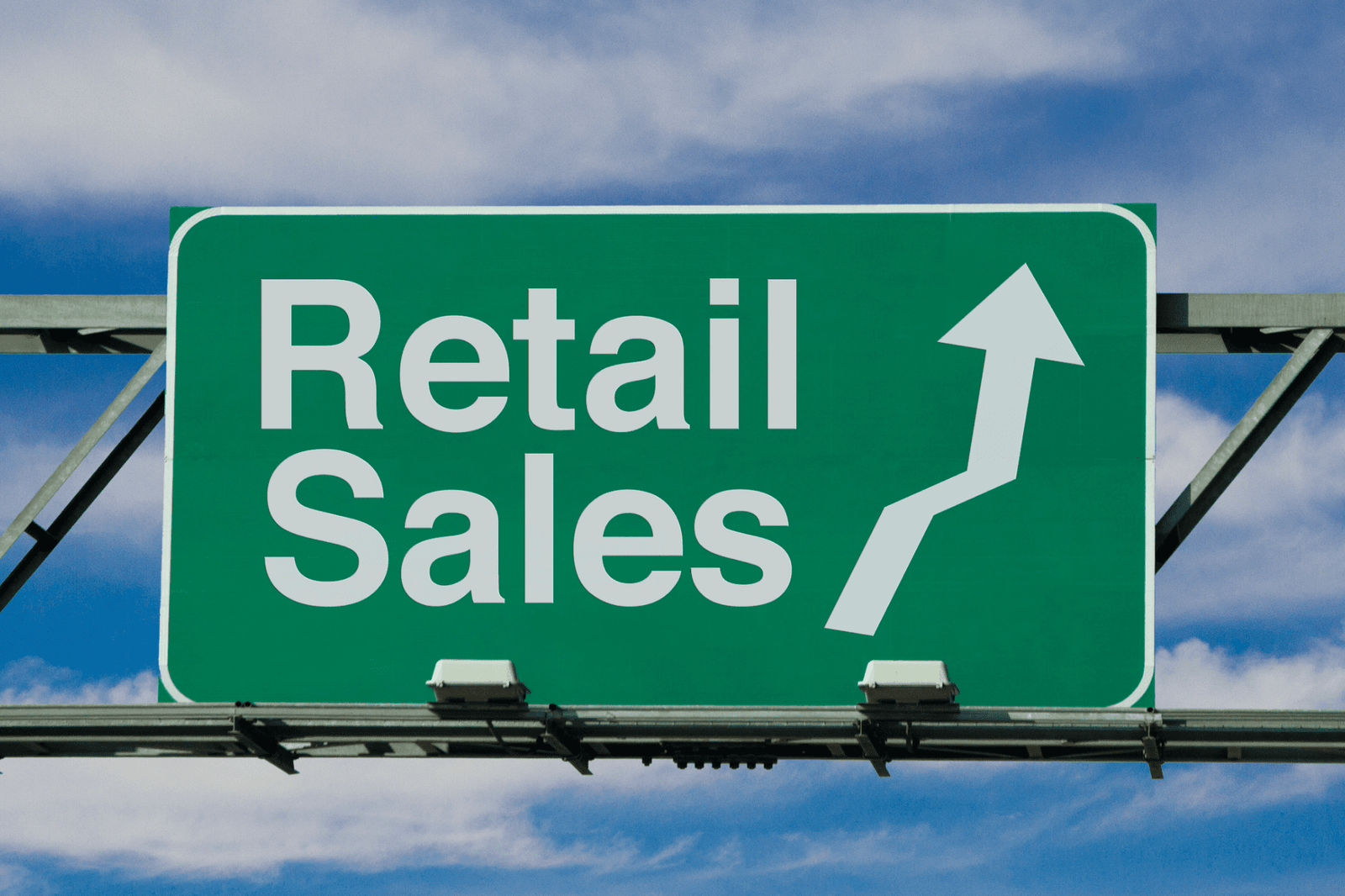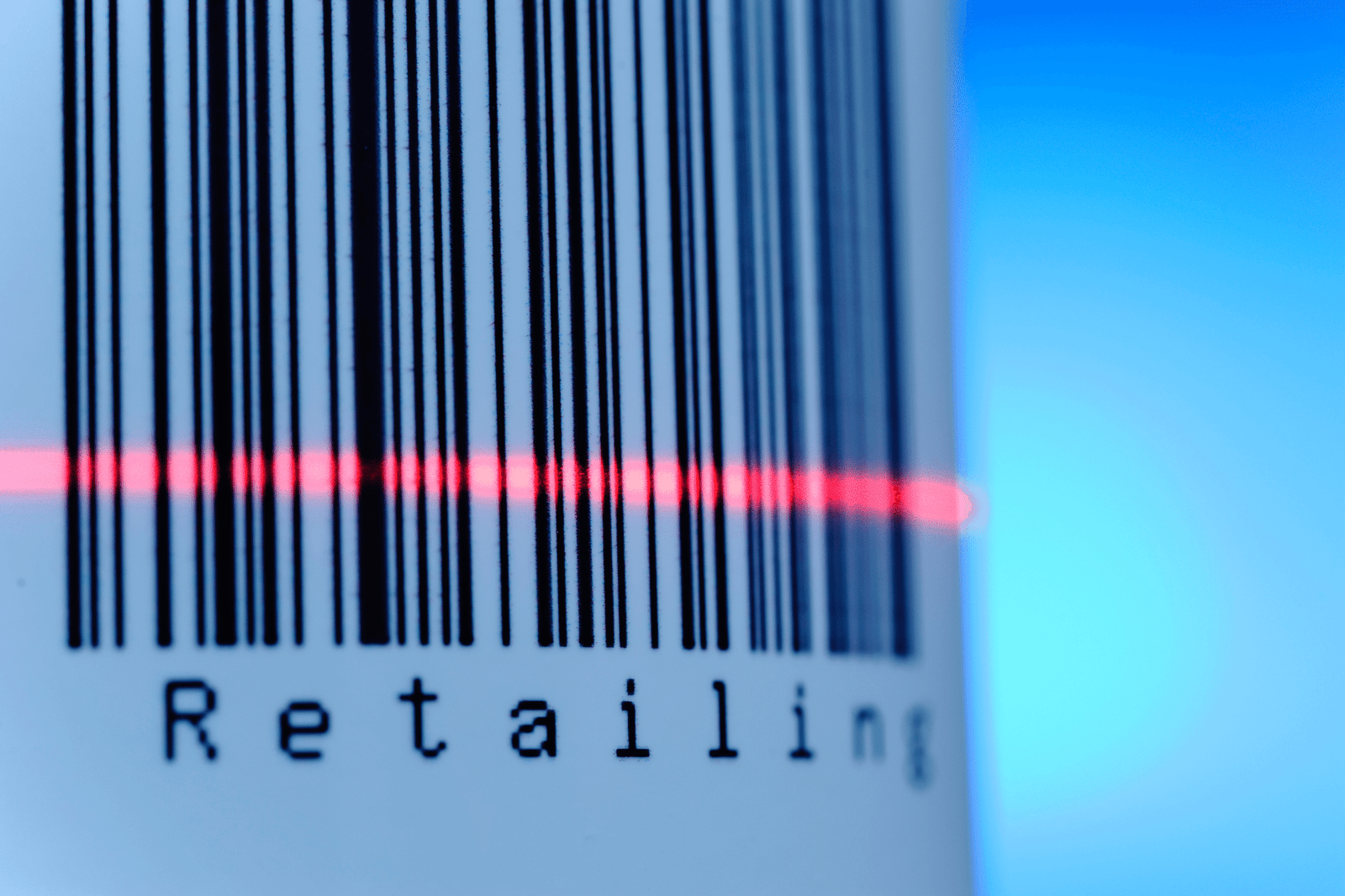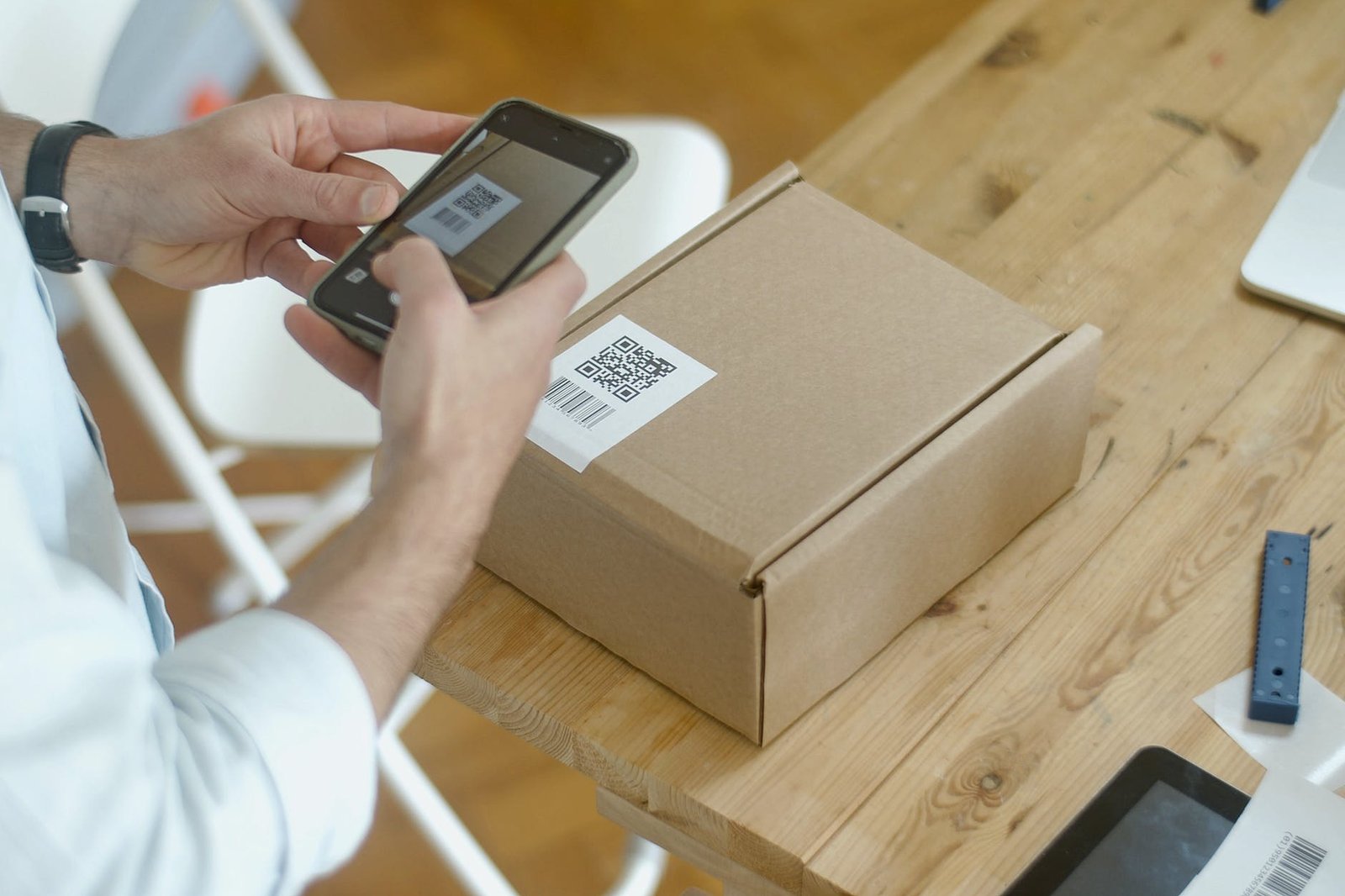
How to Improve Cash Flow in Your Retail Business
. To stay on top of your finances, you should closely watch how much money is coming in and going out. You can use this information to make smart decisions that improve your cash flow and help you grow as a business owner.
























